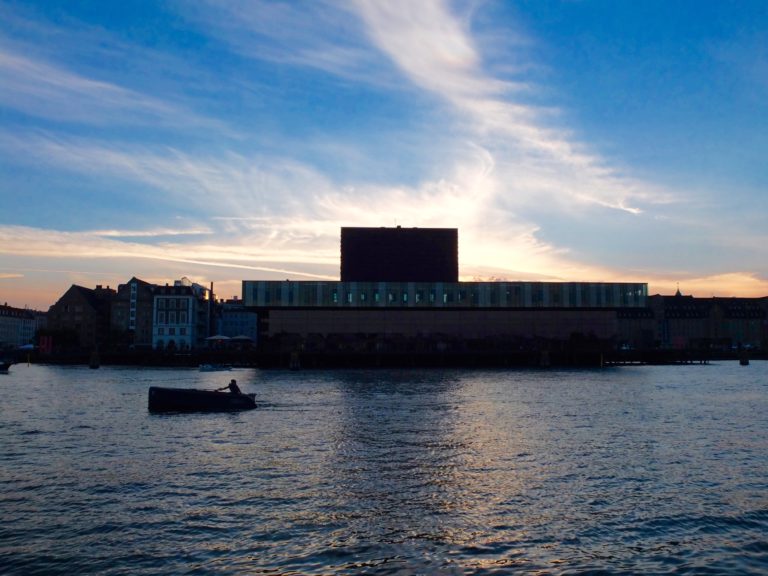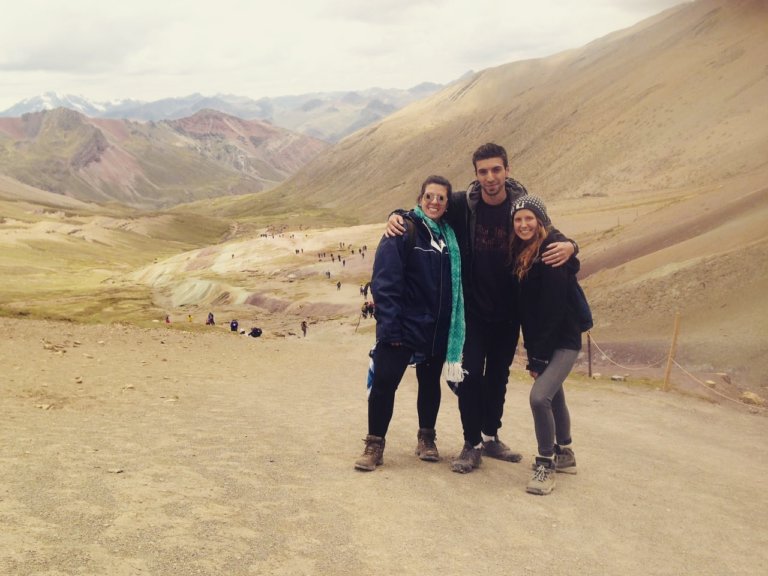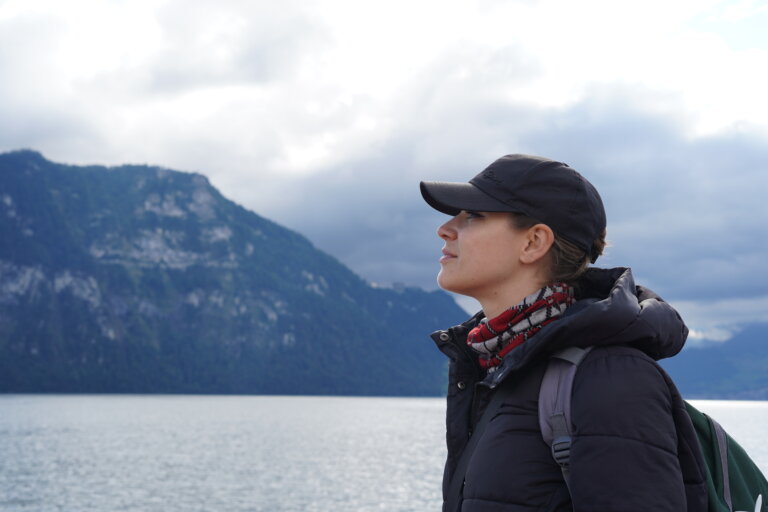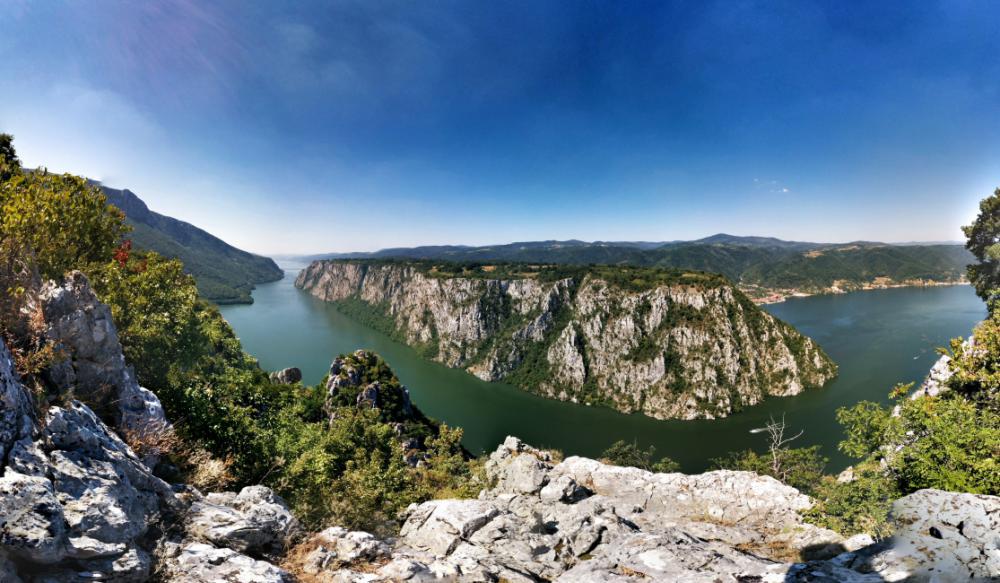Is it safe to travel in South America?
Editors note: This post was written before the tragic incident of two Argentinian backpackers, Maria Coni and Marina Menegazzo, 22 and 21 who were recently murdered in Ecuador’s pacific coast region. Both my view and that of Amy’s remains the same. Your dream and love for seeing the world shouldn’t be jeopardised by the fact that you are a woman. Plus there is no rule to staying safe while travelling: follow your instincts and doing your research beforehand. Amy’s got some great tips below. Currently, a good friend and respected blogger, Shivya Nath is currently travelling solo through Ecuador and is having a wonderful experience of the country. Definitely check out her post of her first impressions of Ecuador and also my good friend, Kate has a great section and tips on female solo travel
If you have spoken to pretty much anyone about planning a trip through South America, like me, you will undoubtedly have received several variations of this reaction:
‘I heard it’s pretty dangerous over there. Aren’t you worried about safety?’
Popular opinion seems to dictate that a trip to South America is unanimous with getting robbed, getting attacked and putting yourself in vulnerable situations.
I did NOT find this to be the case during my 3 month trip, travelling through Ecuador, Peru, Bolivia, Chile, Argentina, Uruguay and Brazil. While I won’t deny that some countries in South America have a (statistically proven) reputation for corruption, violent crime and drug production, this does not necessarily mean that this will affect you if you travel through these countries. European cities often have higher crime rates than we would imagine, and yet most tourists travel without experiencing any problems here.
Firstly, remember that South America is a CONTINENT, and not a country. Just as I would approach a trip to Italy differently than I would plan for a trip in Poland, I would expect safety issues to be different in Bolivia and Brazil. South America is comprised of 12 different countries, each with specific safety considerations. While it is true that some countries in South America suffer from high crime rates, by planning your trip and taking some simple safety precautions you can minimize risk and enjoy travelling through what is an incredibly beautiful and diverse continent.
Safety tips for South America
Keep valuables hidden
No surprises here: by keeping your valuables concealed, you reduce the risk of being robbed. Most bloggers and travellers will let you in on their safety ‘secret’ of wearing a money belt – I find this predictable and also a little uncomfortable. To really outsmart any potential thieves, invest in one of the following, and split money up to hide around your body:
- For passports, mobile phones and credit cards, invest in some passport pants.
- Money BELT – not the kind that you hide under your trousers, but rather a variation on a traditional belt.
- Sports bra with pads – the safest place I had to keep my money safe was underneath a pad in the lining of my sports bra – completely invisible, and let’s face it, if someone’s hands are in that region you have bigger problems than theft..
- Ankle wallets
Be discreet
Flashy jewellery, watches and expensive looking clothes are not commonplace in South America, and you’ll draw attention to yourself if you are dressed like a rich tourist.
Do your research
As I said before, South America is visited by tourists every year and doesn’t necessarily have to be a dangerous place. That said, some areas are renowned for being more dangerous than others, and you would be wise to read blogs and guidebooks as preparation for travelling to a new place. For example, I found Ecuador to be a pretty safe country, but I have heard that some areas on the Ecuador-Colombia border are dangerous because of drugs production and trafficking. Research, assess, and plan around the potential threats.
Familiarise yourself with a foreign city as soon as possible
Free walking tours are a fantastic way to do this, as they guide you through the city with a tour guide who knows exactly where they are going. Note: also a great way to feel like you have done something with your day when you wake up too hungover to function.
Beware dodgy taxis
Sourcing reputable taxis is important when travelling in South America – there have been reports of fake taxi drivers who assist in gang robberies. Where possible, have your hostel or restaurant order you a taxi, and only get into reputable looking cabs – well maintained, taxi signs, licences and company names on the side of the car. Oh, and agree with a price before you set off!
In Bolivia, make sure you get a ‘radio taxi’ – the taxi will be part of a company and have the company name and contact number displayed on the side of the cab. The most important thing about this is that the taxi has a radio to communicate with the office, and so is considered safer.
Keep the essentials safe
When travelling by bus in Ecuador or anywhere in South America, don’t let overhead racks or under bus storage fool you – this is not necessarily monitored by the bus company and could leave your stuff vulnerable to thieves. Keep your valuables (passport, camera, iPod) in pockets or in a bag kept near to you. I had met a few travellers along the way who had their stuff stolen on public transport, and so rode the bus wearing my most prized possessions: hiking boots and warm, waterproof clothing.
Learn the language
Learning some basic Spanish and Portuguese means that you can chat to the locals. Is the local lagoon safe to go to by yourself? Asking a local is probably the best way to figure this out.
Taking a trip to South America was one of the best decisions I have ever made – the scenery was stunning, the people warm and welcoming, and the experience unforgettable. I felt safe and in control most of the time. I’d go back in a heartbeat, and would encourage anyone who is thinking about it to take the plunge and book those flights.





I am so glad I came across your article. So many people believe that traveling to South America is always dangerous and that you should not go. These people are missing out on an amazing trip, when they could just take the proper precautions to stay safe. I loved how you touched on familiarizing yourself with your surroundings. This is a great way to learn more about where you are staying and what is around you. This is great for safety purposes as well as to guide you on places you may want to see throughout your stay.
Agreed I found the warnings were fairly unnecessary you have to be smart about your things but it is no more dangerous than anywhere else. Talk to other travellers and read the warnings from your own governments websites. But it is way less scary than you think – on the other hand Brazil Indonfeelnyoi need to be a bit more alert (as indicated by locals)